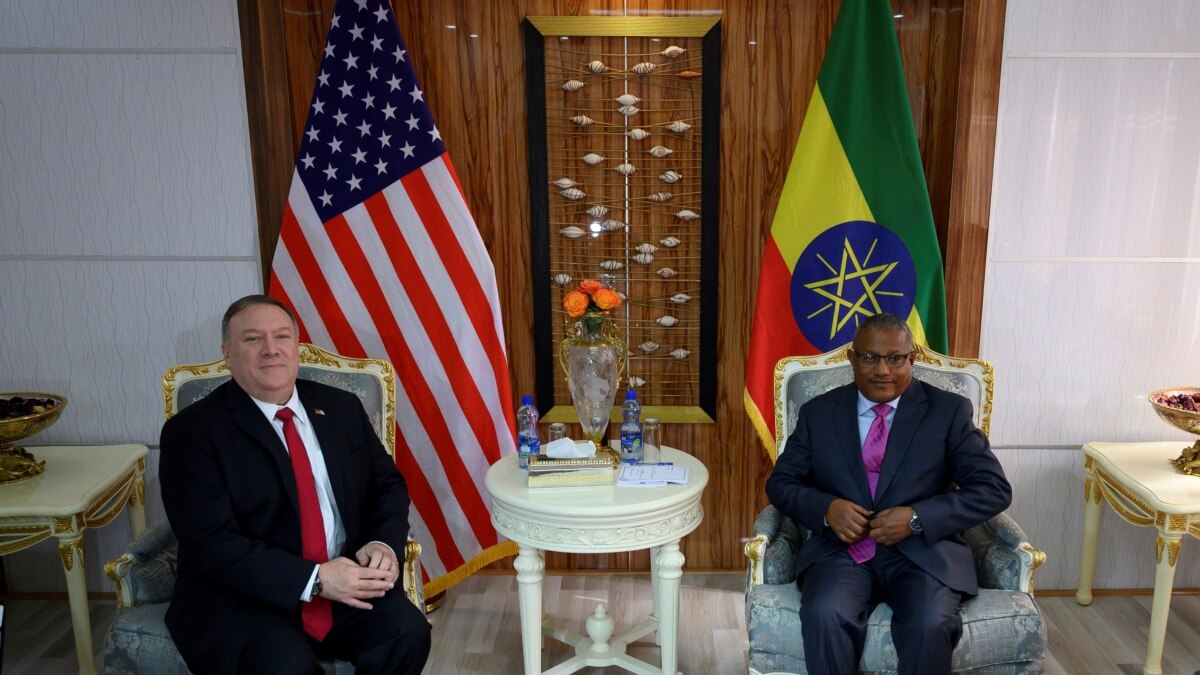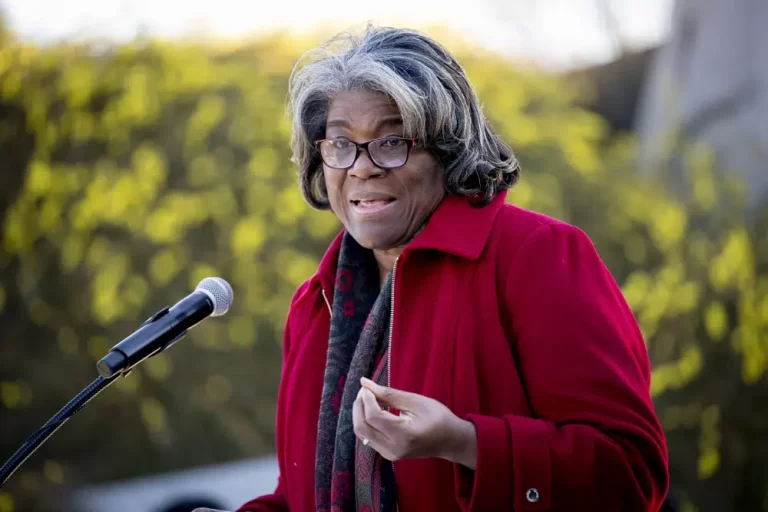US Treasury Secretary Janet Yellen the salmon-coloured house on an island off Senegal on Saturday that is one of the most recognised symbols of the horrors of the Atlantic slave trade.
It is part of a 10-day trip aimed at rebuilding economic relationships between the United States and Africa.
The building was known as the House of Slaves from which tens of millions of Africans were shipped across the Atlantic; never to return.
Yellen said: “Gorée and the trans-Atlantic slave trade are not just a part of African history. They are a part of American history as well.
“We know that the tragedy did not stop with the generation of humans taken from here. Even after slavery was abolished, Black Americans — many of whom can trace their descendants through ports like this across Africa — were denied the rights and freedoms promised to them under our Constitution.”
In the US, African slaves and their children contributed to the building of the nation’s most storied institutions, including the White House and Capitol, according to the White House Historical Association.
Yellen acknowledged the ongoing ramifications of that brutal past and the survival of many of its victims.
“In the United States, what’s remarkable is how many African-American men and women overcame the odds, created better lives for themselves and their descendants and became central to our economy and democracy, building our cities, powering our industries and bending the conscience of the United States and the world toward justice and all of this in the face of systemic social and economic injustice,” she said.
Yellen’s trip to the island is one that many dignitaries have made, including former US presidents Barack Obama and Bill Clinton and South Africa’s Nelson Mandela.
But it remains unclear if the movement of troops is part of a plan for a full withdrawal or if some Eritrean troops will remain.
Blinken also voiced continued concerns about instability in Oromia, another region in the diverse country, where a separate conflict has accelerated even as calm returns to Tigray.
– Omission in peace deal –
The rebel Tigray People’s Liberation Front (TPLF), under heavy pressure on the battlefield, agreed in Pretoria to disarm and to re-establish the authority of the federal government.
Ethiopian authorities in turn agreed to reopen access to the region, where millions have been in dire need of food and other assistance.
But the Pretoria agreement made no provision for the withdrawal of Eritrean troops, accused by the United States and human rights groups of some of the worst abuses in the bloody conflict.
The United States and European Union have sought to put pressure on Eritrea, already one of the world’s most isolated nations, including on the country’s key Red Sea Trading Corporation.
The war broke out in November 2020 when the TPLF, which had held power in Ethiopia until the rise of Abiy, attacked Ethiopian federal military facilities in Tigray.Abiy, who had won the Nobel Peace Prize in part for reconciling with Eritrea, unleashed a major offensive against the TPLF, which at one point had appeared close to advancing on the capital Addis Ababa.
Tigrayans and Eritreans share linguistic and other links, with Eritrean strongman Isaias Afwerki and the TPLF becoming sworn enemies as they seek dominance in the area.
In an open letter late last month, Eritrea’s embassy in the United States accused the TPLF of seeking to capture the Ethiopian government’s heavy weaponry and topple the government in Addis Ababa.
The embassy said that the rebels aimed to undo the 2018 Ethiopia-Eritrea normalization deal and that “continued destabilization of Eritrea was an integral and pronounced part of the TPLF’s war of insurrection.”
Human Rights Watch in an earlier report said that Eritrean forces massacred scores of children in the historic town of Axum in Tigray in November 2020.
Source : Manila Times







